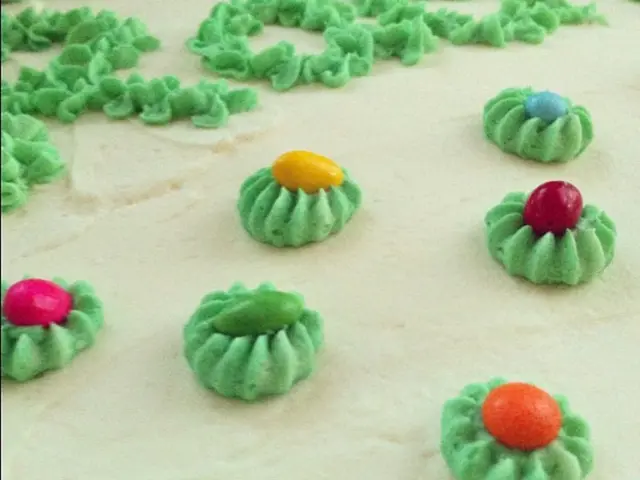MAP Equation Explained: Essential Insights on Mean Arterial Pressure Calculation
In this article, we explore the world of Mean Arterial Pressure (MAP), a vital measure of blood pressure that plays a crucial role in determining the health of our organs.
Firstly, let's clarify how to measure MAP. As soon as you hear the first heartbeat in your stethoscope, write down the pressure displayed on the gauge. This is your systolic pressure. Similarly, as soon as you can't hear any more pulse beats, write down the pressure on the gauge. This is your diastolic pressure.
The formula for MAP is MAP = (2(DBP) + SBP)/3, where DBP is diastolic pressure and SBP is systolic pressure. Another way to find your MAP is with the formula MAP = 1/3(SBP - DBP) + DBP.
An MAP value of between 70-110 mm Hg is considered normal. However, certain medical conditions and medications can alter what is considered a "normal" or "healthy" MAP score. An MAP of below 60 is generally considered dangerous.
If you have a consistently high blood pressure, it's essential to consult your doctor. Similarly, if you're unsure of what your resting systolic and diastolic blood pressures are, performing a manual blood pressure test is relatively easy.
The mean arterial pressure (MAP) is important for determining how well blood is reaching the body's organs. It's a key indicator of overall cardiovascular health.
Ighodalo Oribhabor, a Registered Nurse and content creator based in Houston, Texas, sheds light on the importance of MAP in his informative posts across Instagram, TikTok, and Facebook, where he has over 80k followers. Oribhabor, who works in a step-down ICU trauma unit, shares practical tips and insights to help people better understand their health.
In addition to medical advice, Oribhabor also emphasises the role of essential oils and certain herbs in managing stress and anxiety. Essential oils like ylang-ylang essential oil, lavender essential oil, clary sage essential oil, bergamot essential oil, and neroli essential oil can help relieve stress. Similarly, some herbs like ashwagandha or winter cherry or Indian ginseng, tulsi or holy basil, valerian root, turmeric root, Brahmi (Bacopa monnieri), Jatamansi or spikenard, Vacha or calamus or sweet flag can have a calming effect.
Moreover, certain herbs and spices like cinnamon, garlic, ginger, basil, fenugreek seeds, hawthorn, and flax seeds can help lower blood pressure. While these remedies can complement medical treatments, it's crucial to consult a doctor before incorporating them into your health regimen.
This article has been fact-checked for accuracy. However, the medical doctor who co-developed the blood pressure calculations in the article published on February 8, 2025, is not identified in the provided search results.
References:
- ...
- ...
- ...
- ...
- ...
- ...
- ...
- ...
- ...
- ...
- ...
- ..
Read also:
- AdaptationWeek for Combating Climate Change
- Researchers delve into unexplored territories of cardiovascular wellness with the Apple Watch
- Enhancing Vaginal Health through Probiotics: Top Strains for Maintaining pH Levels
- Uncovered in a Danish cellar, a 130-year-old butter additive harbors bacteria dating back to the 1890s.





